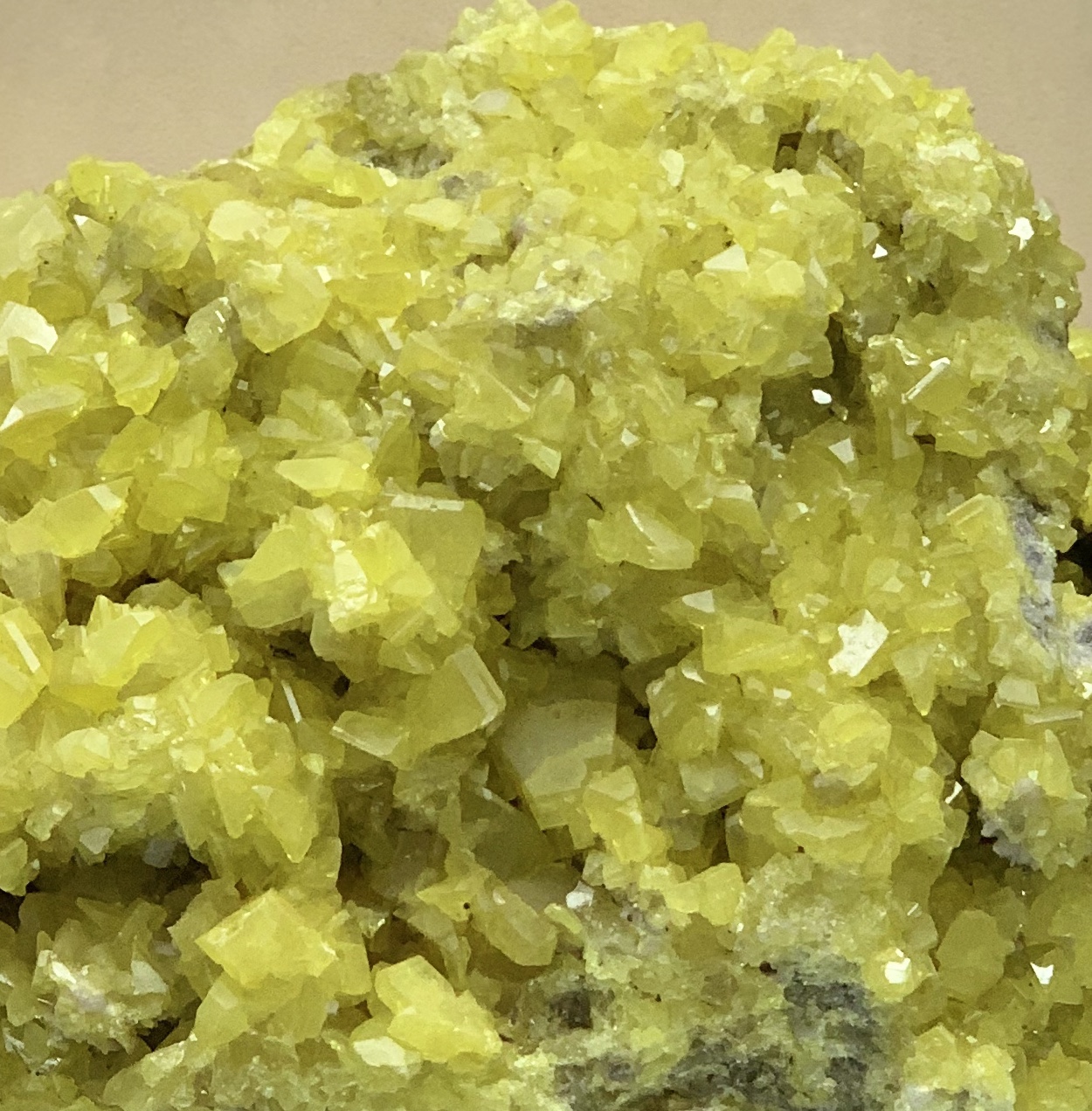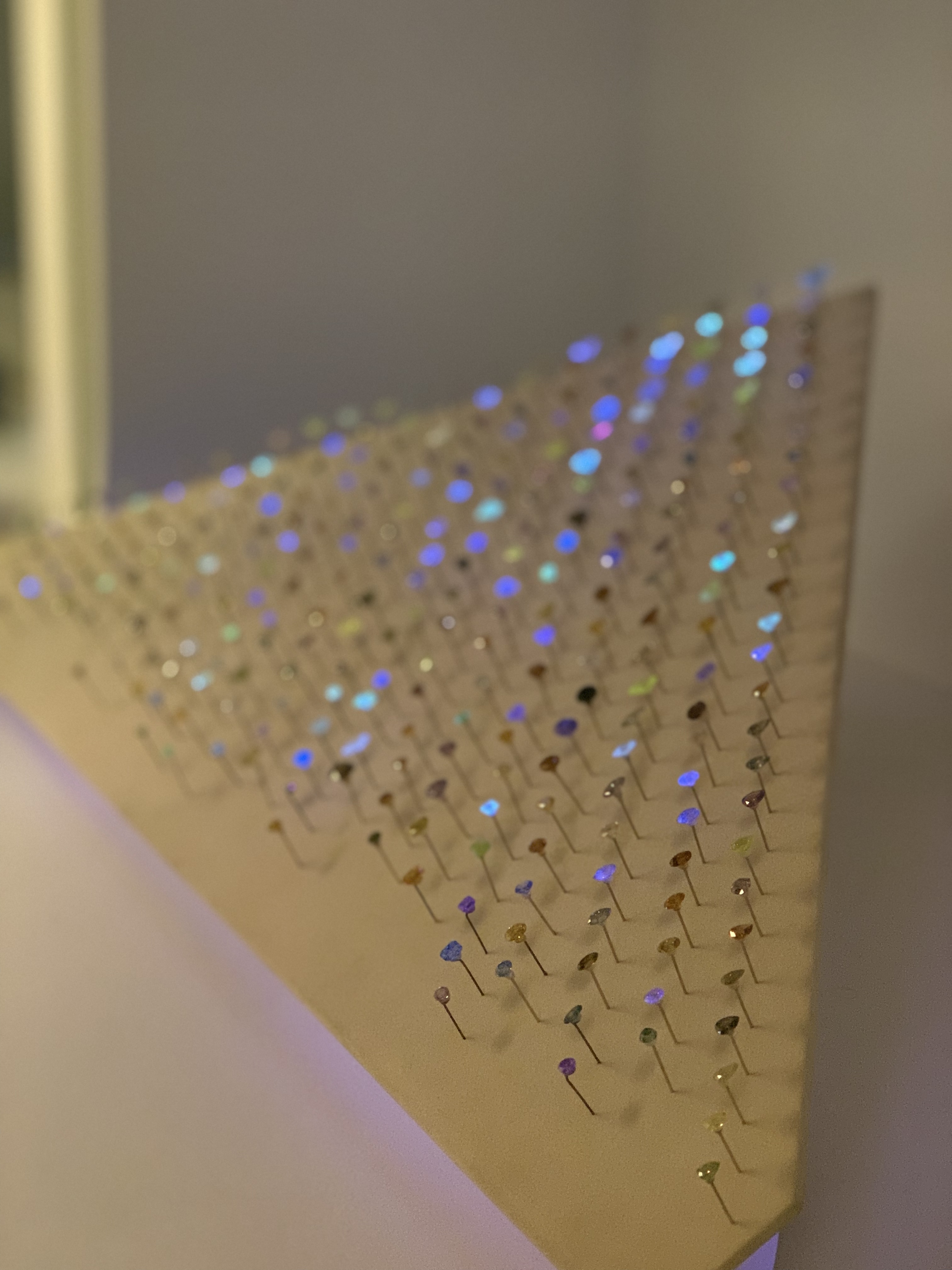Chemistry in tiny, tiny bites: Ionic Bonds.
Does chemistry bring you out in a cold sweat? Then I hope these small bitesize chemistry bits will help. Today I’m covering ionic bonds.
I have written this blog for a friend of mines daughter- who is crazily bright- but hates chemistry with a passion and JUST. DOESN’T. GET .IT.
Here goes…you know who you are.

It starts with matter. Everything around us. And what is crazy is that by changing the atomic structure of the matter that surrounds us we can change its physical properties.
Matter is; wool and metal and sugars and fats and basically everything. These “things” are made from building blocks, that in their simplest, purest forms are elements.
How else would a cow that eats only grass produce milk that we drink? (Clue:Change chemistry of the grass to convert it into fat and sugar)
One form in which we find pure elements or simple combinations of elements in the earth are minerals and crystals. These help us understand what and how the earth is made up. Crystals themselves have these amazing flat planes that reflect light and this is due to a highly ordered internal arrangement of atoms.

What makes some crystals hard, or very twinkly, or crumbly, is the way their atoms are arranged in a uniform manner and how they are bonded, namely: metallic, molecular, covalent and ionic.
Crystals therefore become an easy way of describing chemical bonding.

Diverse crystals are made up using different types of bonding of their atoms which gives them different properties for example : Diamonds: made from covalent bonds: [covalent (where atoms share electrons and are very hard to break (BFFs) and hard as ..diamond)].

Ionic bonds in crystals
An ionic crystal is also known as a salt. (Little crystals of table salt for example.) 90% of all minerals we find in the earth are ionic compounds. So to describe ionic bonding we can use a goto example: Table salt.
Ionic solids (think of salt), unlike covalent solids (think diamond) -crumbles easily, is soluble in water and conducts electricity- figure out why if you can.
Ionic solids aka crystals aka salt (take your pick)- are made from a highly ordered and repeating lattice structure, but the geometry of the lattice depends entirely on what types of ions (elements with a charge) you have and their ratio.
Ionic compounds form different shapes because the way atoms intersperse with each other isn’t just random. Smaller atoms fit into spaces between bigger atoms, attractive forces influence everything and so ionic bonds make lattices that can be different shapes; tetrahedral, octahedral etc .
Ionic bonds as salty salt crystals
There are many types of salt- but we’re going for the table salt you put on your chips. And that is made from 2 elements Sodium (Na) and Chlorine(Cl).
Sodium (Na) by itself it’s a crazy little metal, you stick it in water and it fizzes like a bath bomb, but combine it with…..oh, I dunno chlorine (Cl)- which is also quite a toxic gas and………poof!
Voila: you have sodium chloride (NaCl)- or table salt, ( Halite crystal ).
Na+(sodium ions), are essential in nervous conduction for example- and yet we don’t explode. Combine Sodium with a hydroxide and you get Sodium hydroxide- or NaOH, commonly known as caustic soda. Great for dissolving pretty much anything (Good for drains).
Get your head round the fact that chemicals aren’t bad things they are just the things that are around us.
Well the premise for all of this toing and froing with sodium is that in nature it exists a lot in its ionic form (like NaCl). And these rules can apply to ALL elements. I’m just using sodium as an example.
What is an ionic bond?
Let’s see if you know these facts. If you do- we can move on. If not- learn them.
All elements exist with a central proton and neutron and a shell of electrons
If you know this then continue……
Electrons carry negative charge
If you know this then continue……
This shell of electrons changes with each element and there’s a pattern to it
If you know this then continue……
As the element gets bigger, the number of electrons increases and matches the size of the protons- so big atomic mass=loads of electrons.
If you know this then continue……
The electrons come in layers- like the circles of hell. They sometimes follow a trend, (unless you’re a crazy metal), but it’s the ones on the outside that can have the biggest influence
If you know this then continue……
If you can’t remember or work out how many electrons are in the outer shell, then look to the placement of the element in the periodic table. Group 1 has, yes you’ve guessed it, 1 electron in its outer shell.
Now here we go…..

More electrons means more negative charge and more attraction.
With respect to your outer shell, if you have very few electrons in your outer shell, you are not very attractive, sort of weak. What you ‘want’ is to fill your ‘shell’ of electrons. Normally you can hold 8 electrons in your outer shell, so in order for the element (that only has 1 electron) to find peace, you either lose an electron or gain another 7. (It’s easier to loose 1 than gain 7).
So far so good?
Now, like I said, sodium is a group 1 metal. What about chlorine?
If you sneak a peak at the periodic table you would see that it belongs in group 7. What this means is that it has seven electrons in it’s outer shell. And what this means is that for it to be stable it will require 1 electron from somewhere. So, technically, any element that has one electron kicking about in its outer shell would seem an appealing thing.
They don’t want to share though. nuh uh.
Picture the scene, sodium and chlorine approach, they are attracted to one another and all of a sudden, whoop, the electron from Na is suddenly ‘donated’ to Chlorine. Its a win-win situation. Chlorine now has its shell filled and Na has lost the electron. Because of this loss of negativity, Na becomes Na+, that’s how you can tell its ionic (has charge). Cl becomes Cl-.

The charged ions stick around each other as opposites attract. There will be problems however if other more attractive ions turn up- but for now if it’s just them, they remain in this relationship.
Learn this: + ions or cations tend to be metals. – Ions or anions tend to be non-metals.
A salt (such as table salt (NaCl), has a balanced number of ions, 1 Cl- to 1Na+. Therefore overall there is NO CHARGE on the element

When it crystallises, it becomes what we put on our chips.
This is an ionic bond- related topics: Acids and bases, titrations, crystals the world.
Youtube video for one of the most ‘fun’ ways of explaining chemistry https://www.youtube.com/watch?v=QXT4OVM4vXI
Interestingly- each mineral and ion we find in the group has its own colour

The chemistry of colour and why colour is what it is, is for another time…….
I hope you found this helpful- please follow me if you want more updates….